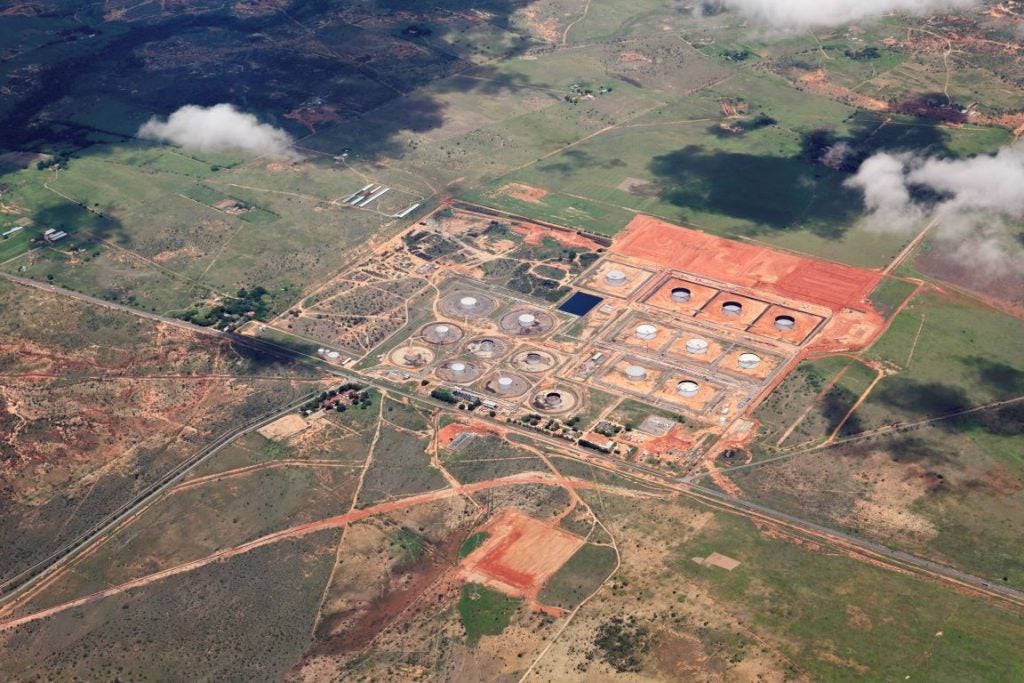OPEC members' commitment to the production cut deal agreed late last year has caused a rise in US crude production that is expected to reach 2.8% this year, according to Economist Intelligence Unit (EIU).
International Energy Agency (IEA) data reveals that the compliance rate was around 90% of OPEC's pledged production cuts in the first two months of this year, while Saudi Arabia reduced its output even further from its commitment.
Members of the oil group agreed to cut their output by 1.2 million bpd for the first six months of this year. The decrease in production is shared equally among the members, while Nigeria and Libya were exempted from this deal.
Eleven non-OPEC producers including Russia also joined this initiative and pledged to reduce combined output by 558,000bpd.
The announcement had a positive impact on the oil market as the price of Brent escalated to $55 per barrel for the first time since mid-2015.
See Also:
However, oil prices have continued to remain within the same range as the impact of this output-cut has been largely offset by a rise in US production since Donald Trump became American President.
How well do you really know your competitors?
Access the most comprehensive Company Profiles on the market, powered by GlobalData. Save hours of research. Gain competitive edge.

Thank you!
Your download email will arrive shortly
Not ready to buy yet? Download a free sample
We are confident about the unique quality of our Company Profiles. However, we want you to make the most beneficial decision for your business, so we offer a free sample that you can download by submitting the below form
By GlobalDataEIU expects that US crude oil production will rise by 2.8% this year.
According to Baker Hughes, the US oil-rig count increased from 316 active rigs in May 2016 to 756 on 3 March 2017. However, EIU expects that annual average oil prices will be higher this year compared with 2016 driven by greater OPEC restraint among many rebalancing factors.
This month, OPEC producers, led by Saudi Arabia, have started negotiating with major US shale producers in early March to reach consensus on production growth.
EIU expects that OPEC will likely extend its production-cut deal by another six months to maintain price levels. Should US producers take advantage of higher prices due to OPEC restraint, the output cut deal may be terminated later this year.
EIU is also sceptical about the commitment level among non-OPEC producers.
The lack of policy clarity of the new US administration under President Donald Trump is also defined as a key risk to price forecast.
Energy policies in the US support domestic oil producers may boost supply, reducing prices.
EIU stated that the price rally will lose steam in 2018 as some countries will ease their production limits to take advantage of higher global prices.
The industrial slowdown in China will have negative knock-on effects on other economies and weigh on sentiment globally.
It expects that the Brent prices to rise only modestly to around $60 a barrel next year.
Prices will remain within this range 2019-20 due to continued output growth from OPEC countries, while it is expected to increase again in 2021 to reach $64 a barrel.







